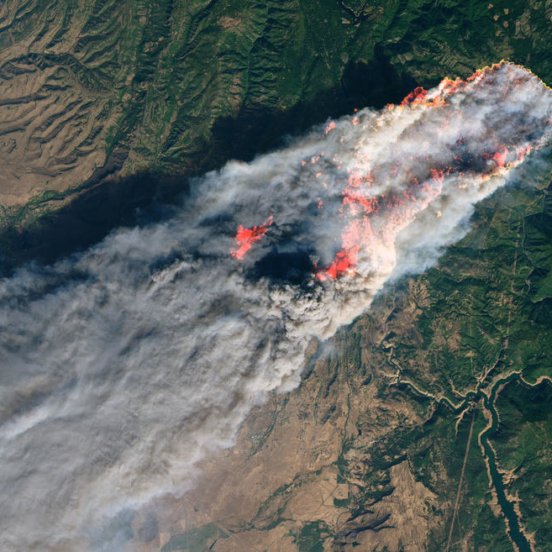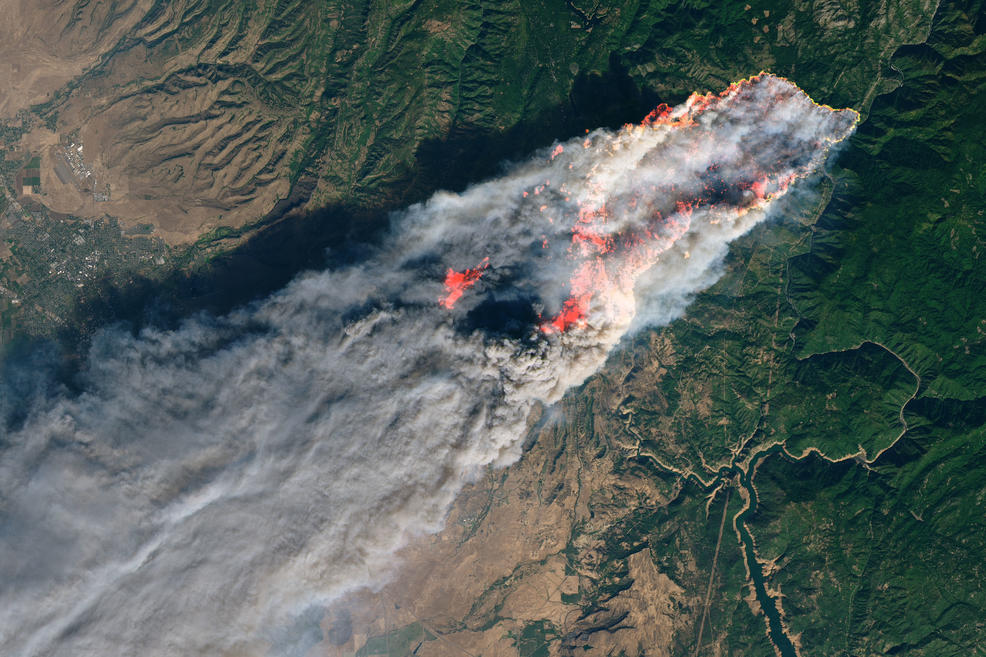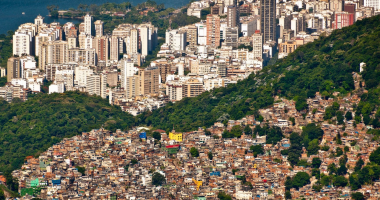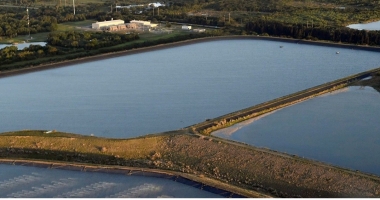Climate, Health and Equity Brief
Fire, Fumes, and Fear
November 1, 2019

| Hot Topic: California is on fire. California continues to be engulfed in flames as massive wildfires, historic blackouts and unprecedented evacuation efforts continue in vast areas near San Francisco and Los Angeles. Smoke plumes can be seen clearly from satellites as far as 22,000 miles into space, showing the extent of the devastation.
Aside from the obvious and immediate dangers presented by wildfires, there is increasing concern among scientists about the long-term health impact of exposure to wildfire smoke, which can reach populations even hundreds of miles away. Unlike naturally occurring summer forest fires that used to burn only trees and other organic matter, massive fires fueled by climate change are now consuming homes filled with chemicals, paints and plastics that become easily inhaled toxic particles. Evidence also suggests that mental health is an increasing concern during wildfire season, particularly among children. Los Angeles-area school counselors have reported spikes in anxiety, depression, and fear among kids in response to the report of fires, or even just the possibility of high winds. —Matt & Traci, GMMB |
|
|






